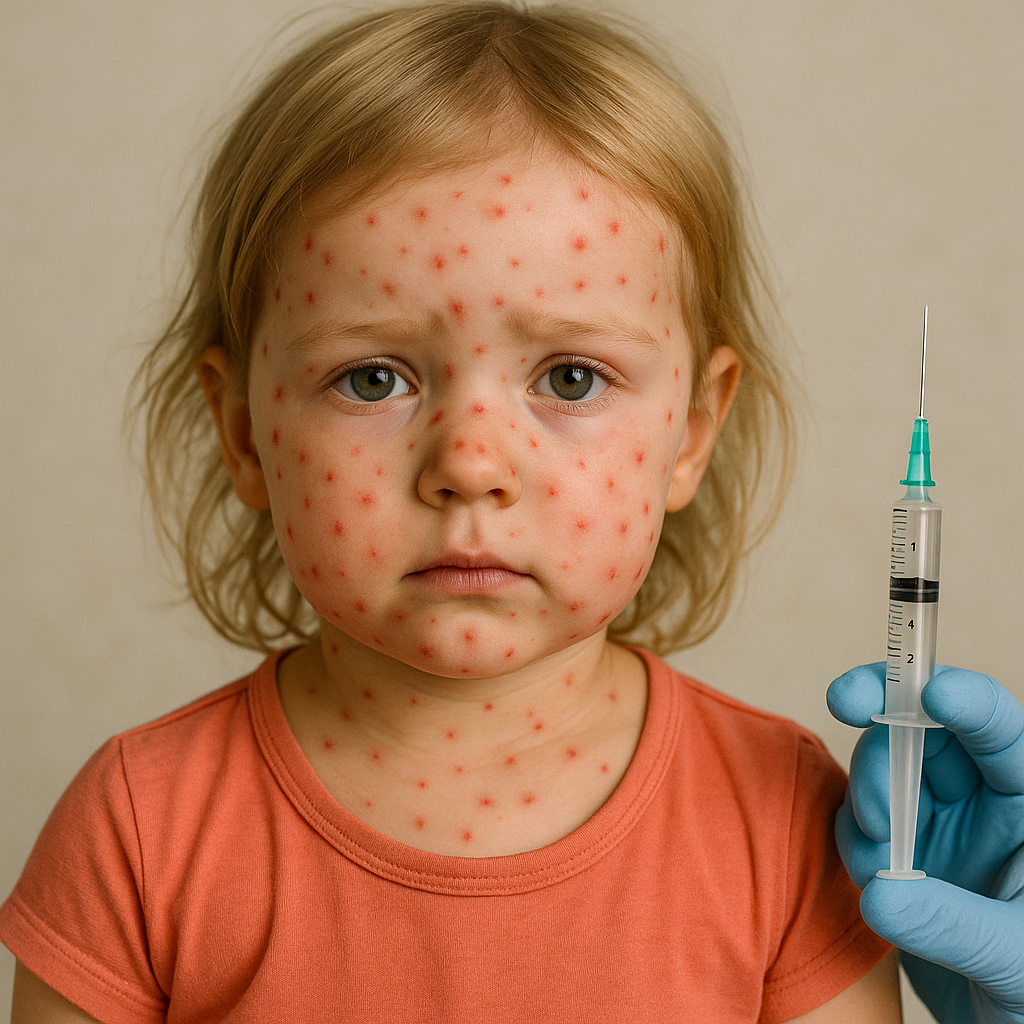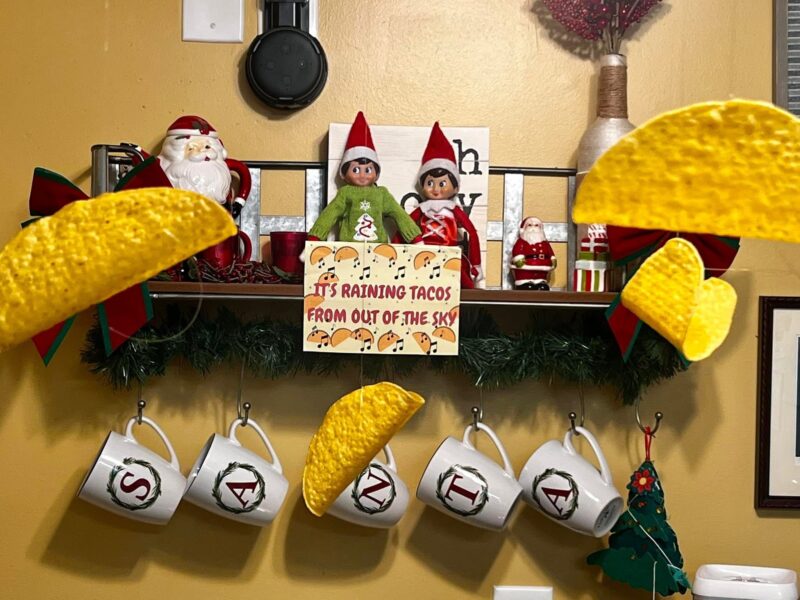From January 2026, children across England, Wales, and Northern Ireland will start to be offered a new combined jab that includes protection against chickenpox. The decision marks a big step forward in child health and is designed to reduce the number of cases, complications, and time parents lose from work. Here’s everything you need to know.
What is chickenpox, and how does it spread?
Chickenpox is caused by the varicella-zoster virus (VZV), and it’s extremely contagious. It spreads either through direct contact or via tiny droplets from coughs and sneezes. If you or your child haven’t had chickenpox before, the chances of catching it are very high.
Symptoms & possible complications
The illness often starts with flu-like signs such as fever, aches, or feeling tired. After a couple of days, the tell-tale rash appears; small red or pink spots that turn into blisters before scabbing over. These can show up almost anywhere on the body, including inside the mouth.
Children are infectious from around two days before the rash appears until all the spots have fully scabbed, usually about five days.
Most children recover within a week or two, but there can be complications. Some cases lead to bacterial infections, and in rare circumstances, chickenpox can trigger serious problems like lung issues, brain inflammation, or stroke.
Where and when will the vaccine rollout begin?
-
The vaccine will be introduced in England, Wales, and Northern Ireland.
-
It becomes part of a new combined jab — the MMRV (measles, mumps, rubella, varicella) vaccine — which will replace the existing MMR.
-
GP practices are expected to start offering it from January 2026.
Who will be eligible?
-
Children aged 1 to 15 will be offered the vaccine.
-
A catch-up programme will also run for older children who missed out.
-
The aim is to protect around half a million children each year.
Why introduce it now?
The rollout has several key benefits:
-
Protecting children from severe illness — reducing the risks of complications.
-
Less disruption for parents — fewer sick days mean less time off work.
-
Cost savings for the NHS — with fewer children needing treatment.
-
Improved productivity — chickenpox is estimated to cost the UK tens of millions annually in lost workdays.
What is the vaccine like — and will it protect for life?
The chickenpox component will be included in the new MMRV jab. While it doesn’t guarantee lifetime protection, it dramatically reduces both the chance of catching chickenpox and the severity of symptoms if you do.
Safety, side effects & other questions
Most side effects are mild and temporary, such as:
-
Pain or swelling where the jab was given
-
A short-term fever
-
A rash that appears within a month
Serious side effects are very rare, and medical staff are trained to act quickly if needed.
Can you get the chickenpox vaccine right now?
Yes — but only privately. Some clinics and pharmacies already offer it, typically costing around £150 for a full course.
How have other countries fared?
Other nations including Germany, Australia, Canada, and the U.S. already offer the chickenpox vaccine as part of their routine childhood schedule. In the U.S., cases have dropped by almost 97%, with far fewer hospital admissions and deaths.
Final thoughts for parents
For many families, the rollout will be welcome news. It means less time worrying about the risks of chickenpox, fewer days off school and work, and greater peace of mind knowing children are better protected.
If your child is eligible when the programme starts, it’s worth speaking to your GP about when they can receive the jab.








